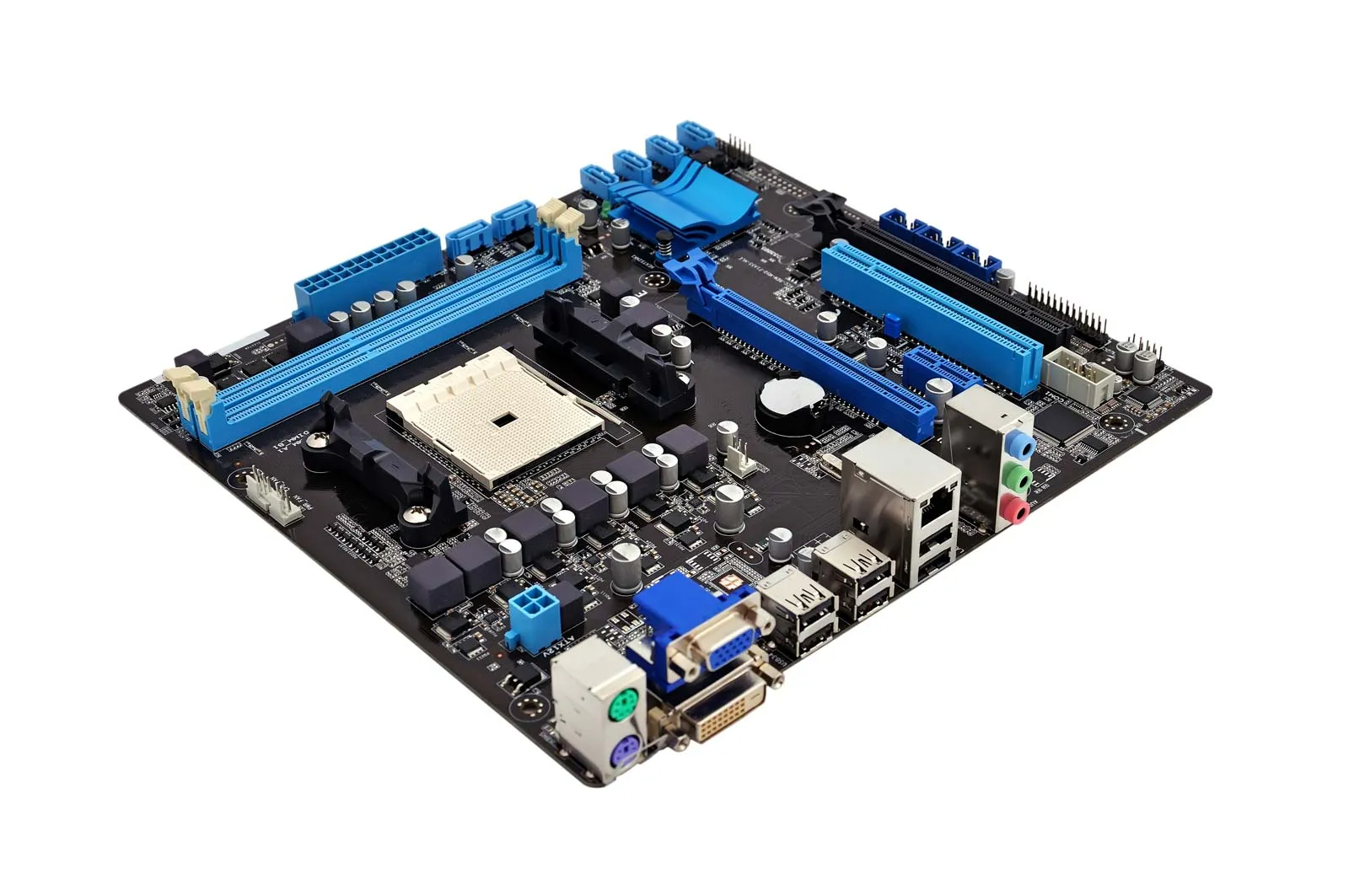Determining the type of motherboard installed in your computer is crucial for upgrading components, troubleshooting issues, or simply for personal knowledge. The motherboard is the main circuit board that connects all the parts of your PC, and knowing its make and model is essential when considering compatibility with other hardware. This guide provides quick and straightforward methods to help you identify the motherboard in your computer.
Using System Information on Windows
Windows operating system includes built-in tools that can help you find information about your motherboard without the need to open up your computer.
Accessing the System Information Window
To access the System Information window, press the Windows key and the ‘R’ key simultaneously to open the Run dialog box. Type ‘msinfo32’ and hit ‘Enter’. This action will bring up a window filled with details about your system. Within this window, look for the ‘BaseBoard’ entries, which include the manufacturer, product, and version to learn about your motherboard.
Command Prompt and PowerShell Methods
Alternatively, open Command Prompt by typing ‘cmd’ in the Windows search bar and pressing ‘Enter’. Once Command Prompt is open, type ‘wmic baseboard get product,Manufacturer,version,serialnumber’ and press ‘Enter’. This command will display your motherboard information. PowerShell offers a similar capability: launch it, type ‘Get-WmiObject win32_baseboard | Format-List Product,Manufacturer,Version,SerialNumber’, and press ‘Enter’ for the same result.
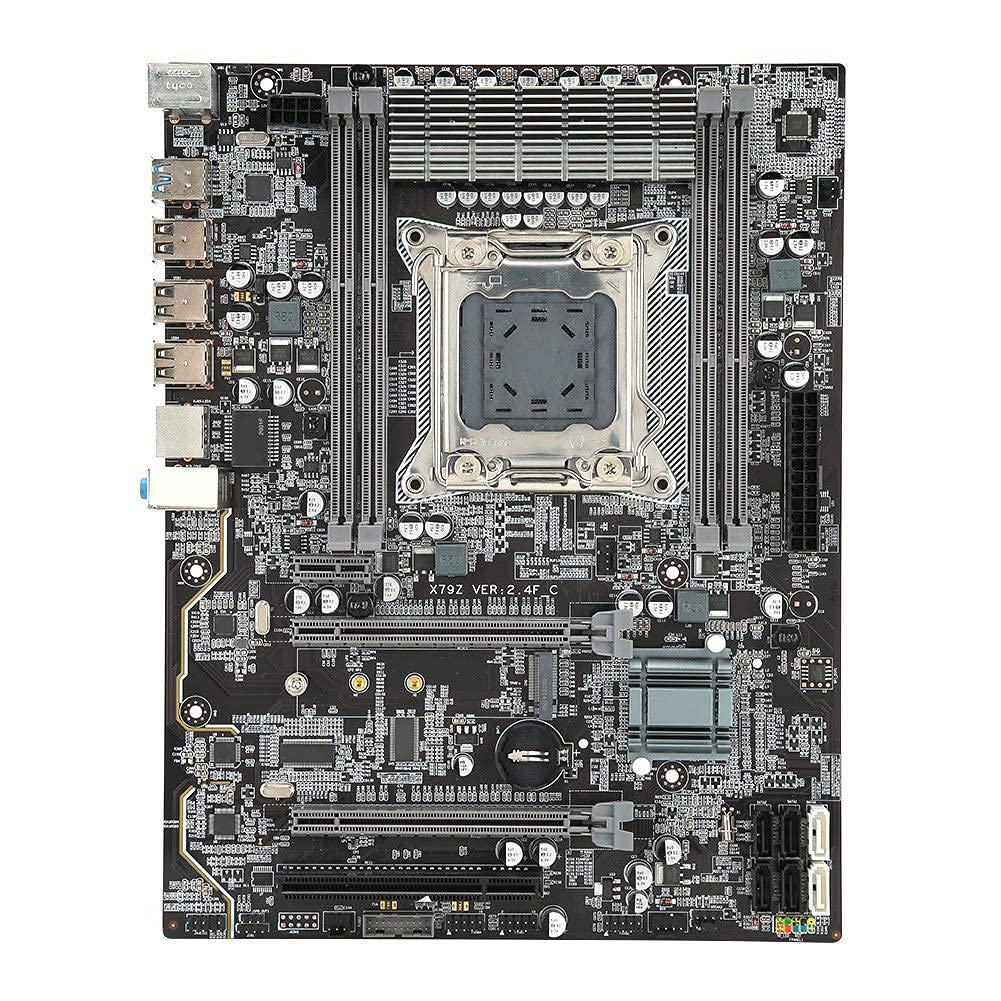
Checking BIOS or UEFI for Motherboard Information
The BIOS or UEFI settings on your computer also contain information about your motherboard.
Entering BIOS or UEFI Settings
Restart your computer and press the appropriate key during startup to enter the BIOS or UEFI settings. This key is often displayed on the boot screen and is typically one of the following: ‘Delete’, ‘F1’, ‘F2’, ‘F10’, or ‘Esc’. Once inside the BIOS or UEFI settings, navigate to the ‘Main’ or ‘System Information’ tab to find details about your motherboard.
BIOS Information Tables
While in BIOS or UEFI, look for information tables that list the motherboard’s manufacturer, model, and sometimes even the serial number. This direct approach can be particularly useful if other methods are unavailable due to system instability or if you’re working with a non-bootable machine.
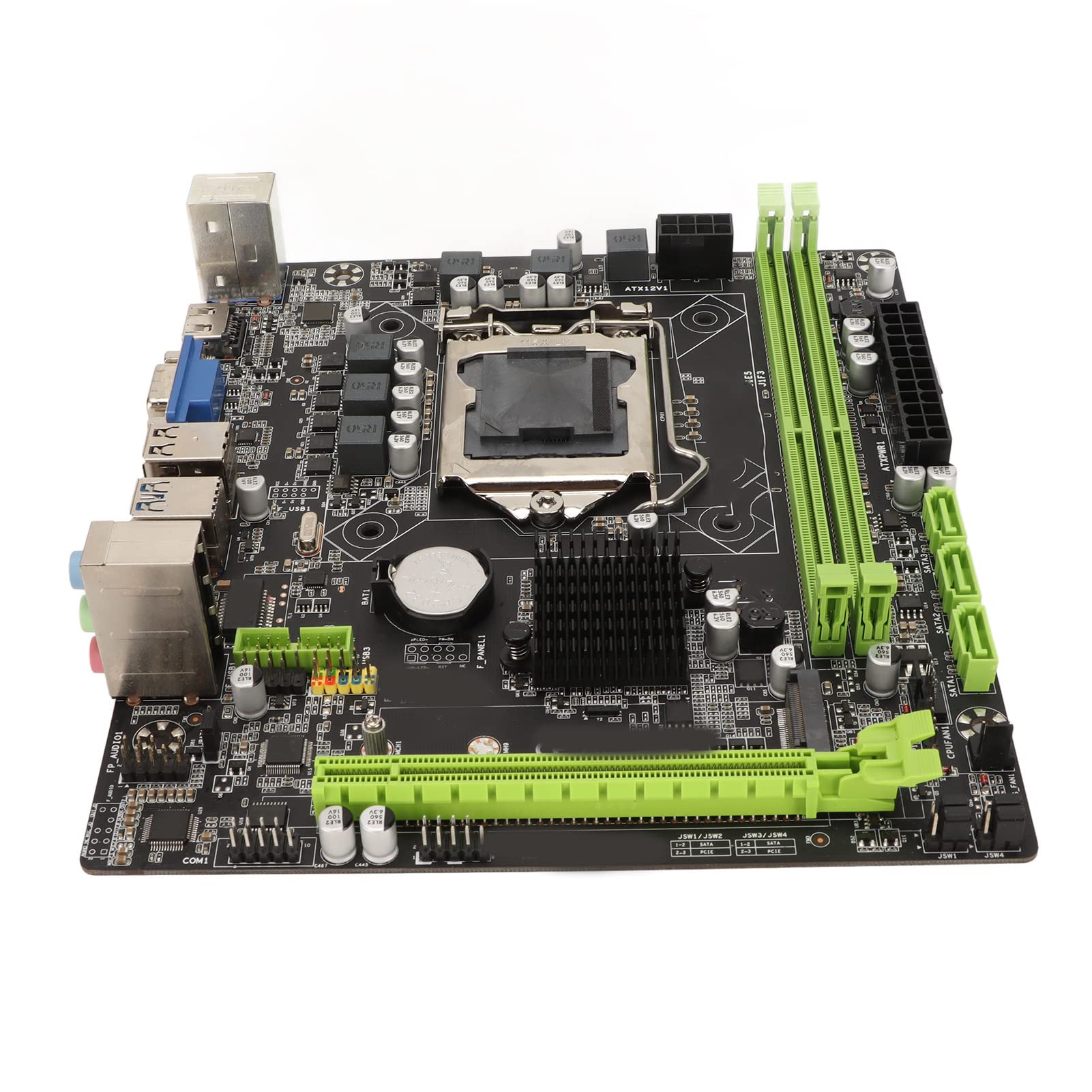
Examining the Motherboard Physically
If software and firmware methods fail, a physical inspection of the motherboard will reveal the information you need.
Opening the Computer Case
Shut down your computer, unplug all cables, and open the case. Ensure you’re grounded to prevent static electricity damage to the components. Look at the motherboard; most manufacturers print the model number directly on the board, often near the center or around the expansion slots.
Spotting the Model Number and Manufacturer
Once you have located the printed details on the motherboard, note the manufacturer’s name followed by the model number. It may also include a revision number, which is important for identifying specific iterations of the motherboard that could affect compatibility with certain components.
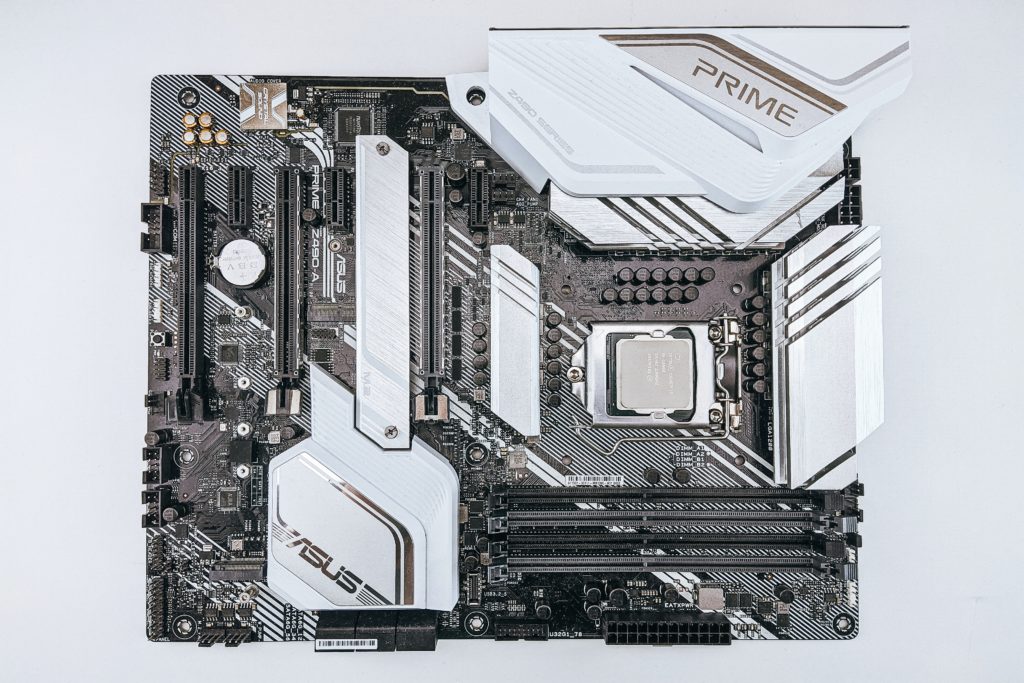
Leveraging Third-Party Software Solutions
You can also use third-party software to determine your motherboard model and manufacturer.
Free Software Tools
There are free software options available, such as CPU-Z, Speccy, or Belarc Advisor, that provide comprehensive system information with minimal effort. Download and run these programs, and look under the ‘Mainboard’ or ‘Motherboard’ tab to find your motherboard’s details.
Paid Software Options
For more advanced users, paid software tools offer additional features and benefits, such as driver updates and hardware monitoring. These programs can also provide detailed information about your motherboard alongside other system components.
Utilizing Online Resources for Identification
If you have trouble identifying your motherboard through the methods mentioned, online resources can be an invaluable tool. Many hardware forums and communities have experienced users who can help you identify your motherboard based on photos or descriptions of the board.
Searching for Visual Clues
Photograph your motherboard, highlighting any unique features or labels, and use image search engines to find similar boards. Hardware-focused forums and websites often have galleries or databases of motherboards where you can compare your photos to find a match.
Leveraging Community Knowledge
Post your photos and questions on forums like Reddit’s r/buildapc, Tom’s Hardware, or Overclock.net. Members of these communities are typically eager to help and can often provide insights based on their own experiences with similar hardware.
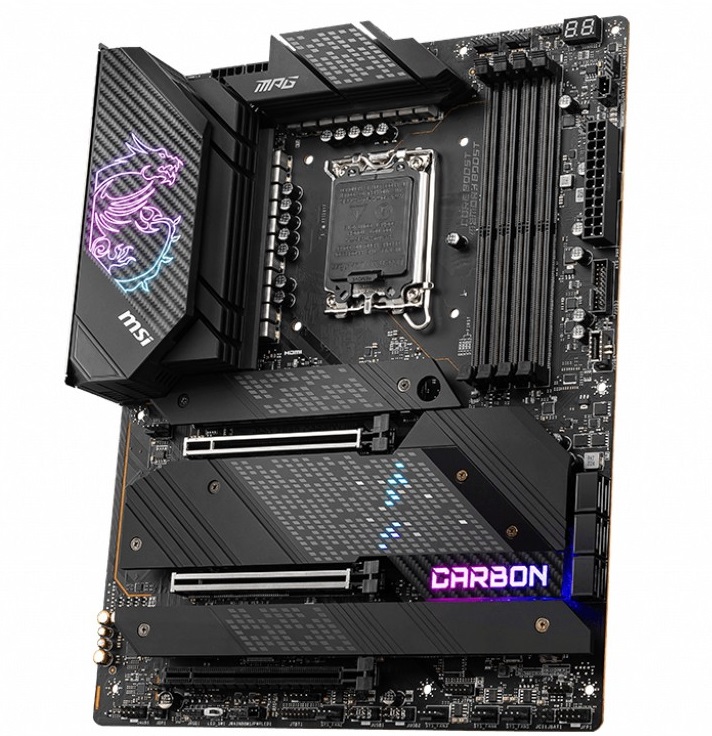
Additional Tips for Accurate Motherboard Identification
When using software to identify your motherboard, ensure that your system is up to date with the latest updates and drivers. Accurate identification can sometimes depend on the operating system having current information about the hardware.
Update Your System and Drivers
Before running system information tools or third-party software, check for updates to your operating system and install any pending hardware driver updates. This step can help the software correctly identify the motherboard by having the latest signatures and profiles for various hardware components.
Double-Check the Information
After obtaining the motherboard information, cross-reference the details with the official manufacturer’s website. This step confirms the accuracy of the data and may provide additional insights, such as compatible CPUs, memory types, and expansion options that are specific to your motherboard model.
Ensuring Motherboard Compatibility for Upgrades
When planning to upgrade your system, it is crucial to ensure that any new components are compatible with your motherboard. Accurate knowledge of your motherboard model will aid in this process.
Researching Before Purchasing Components
Before buying new hardware, such as a CPU, GPU, RAM, or storage, check the compatibility lists on your motherboard manufacturer’s website. These lists indicate which components have been tested and confirmed to work with your specific motherboard model.
Consulting the User Manual
If you have access to the motherboard’s user manual, it often contains detailed information about supported hardware, BIOS settings, and even recommended configurations for upgrades. The manual can be a comprehensive guide to making informed decisions when enhancing your PC.
Motherboard Identification Made Simple
Identifying your motherboard doesn’t need to be a daunting task. Whether using Windows system tools, checking BIOS/UEFI, inspecting the motherboard physically, or utilizing third-party software, you have multiple ways to quickly find out what motherboard resides in your PC. Knowing your motherboard model and manufacturer is invaluable for upgrading your system and ensuring hardware compatibility. Use this guide to confidently answer the question, “What motherboard do I have?” and take full control of your PC’s capabilities.

